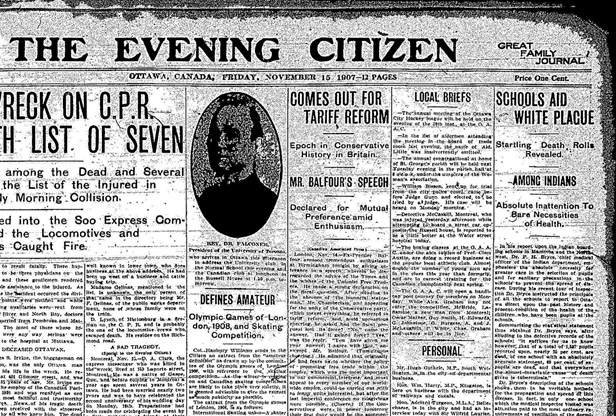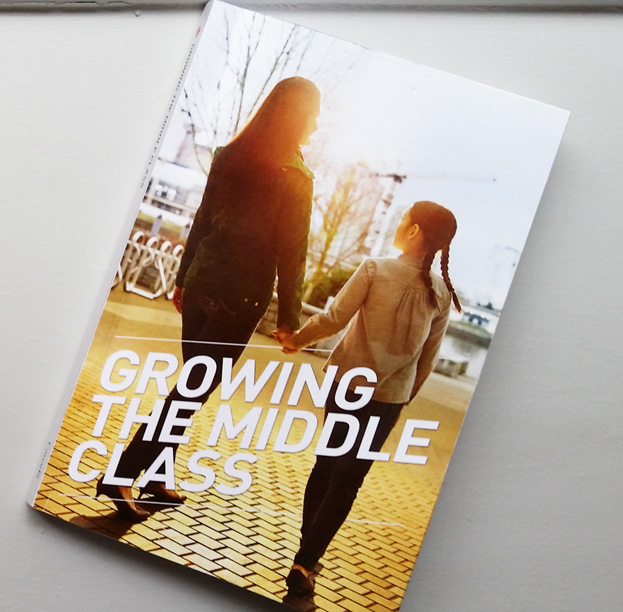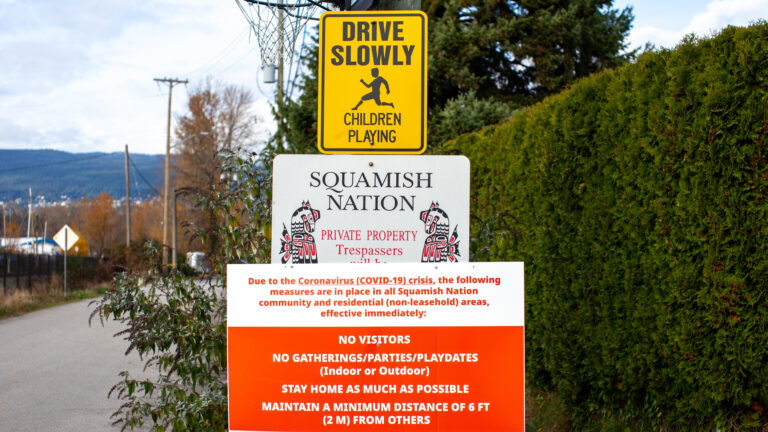The day before Prime Minister Stephen Harper apologized in 2008 for the harms done to Indigenous children in residential schools, I was in Ottawa’s Beechwood Cemetery, visiting the grave of Peter Henderson Bryce. More than a century ago, the outspoken doctor and federal bureaucrat tried to raise public awareness of the unequal health treatment given to First Nations children as opposed to non-Aboriginal kids. At his grave I told him that the First Nations Child & Family Caring Society of Canada had filed a human rights case against the federal government a year before, and that I would be back when the kids won. I had no idea it would take another eight years to fulfill that promise.
On January 26, 2016, the Canadian Human Rights Tribunal ruled that the Government of Canada (Indigenous and Northern Affairs Canada) racially discriminates against 163,000 First Nations children. The discrimination stems from the inequitable provision of child welfare services on reserves and the failure to properly implement “Jordan’s Principle” to ensure First Nations children can access public services without falling victim to interjurisdictional red tape and wrangling.
It was a stunning ruling, coming on the heels of the Truth and Reconciliation Commission’s listing of child welfare reform and Jordan’s Principle as its top calls to action. The tribunal made it clear that the Government of Canada has known about the inequitable funding it provides to First Nations children for nearly two decades and has repeatedly ignored detailed recommendations developed jointly with First Nations or recommended by the auditor general of Canada to fix the problem. The result: there are more children in child welfare care today than at the height of the residential schools era, and the problem is getting worse.
A look at the historical record shows that the neglect is far from a recent phenomenon.
Canadian governments have known for a long time that First Nations children are not treated the same as their peers in the provinces and territories they live in, and that they don’t get equitable funding for services. As a result, the system in 2016 is ironically (and tragically) succeeding at what it was originally designed to do: remove First Nations children from their families.
“Not properly cared for” children
In 1895, Duncan Campbell Scott, one of Canada’s top bureaucrats heading the residential school file, requisitioned a warrant from the Department of Justice to allow for the removal of “Indian” children from their families for “education” or because they were “not properly cared for.” The provision ignored the fact that if non-Aboriginal parents had been subjected to the colonization trauma and poverty that First Nations parents experienced, their children too would be deemed “not properly cared for.”
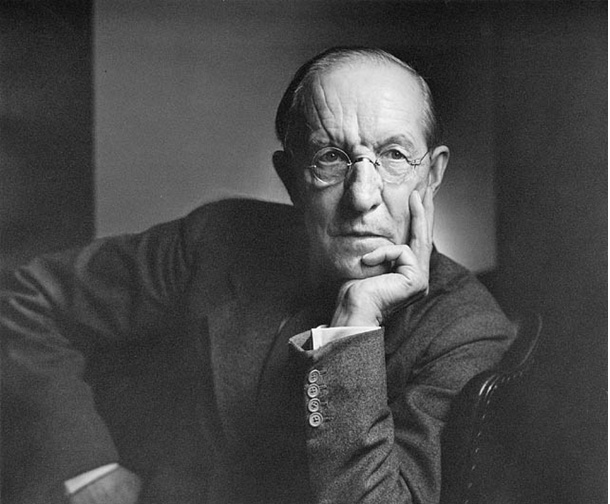
The warrant may no longer be in use, but First Nations parents are still being held accountable for the very social conditions that were created by the government in the first place. First Nations children are 12 times more likely to be placed in foster care due to poverty, poor housing and addictions rooted in the trauma of residential schools.
Transfer authority of child welfare to Indigenous communities
Peter Henderson Bryce, meanwhile, was one of the most preeminent public health physicians of his time. He was president of the American Public Health Association and a highly respected expert in tuberculosis. In 1904, Indian Affairs (as the federal department was called at the time) recruited Bryce to survey the health of First Nations children in residential schools, and three years later he reported his shocking findings to Ottawa. He found that children in the schools were dying at the rate of 24 percent per year, and the death rate rose to a staggering 42 percent over three years. In one school that kept complete records, 76 percent of the children had died. Bryce said “medical science knows just what to do,” and he implored Ottawa to improve ventilation in the schools, stop putting sick children in with healthy children and ensure they had equitable access to tuberculosis treatment. As Bryce noted, the Indian Affairs budget for tuberculosis treatment for First Nations across Canada was far less than what was provided to the less populated city of Ottawa.
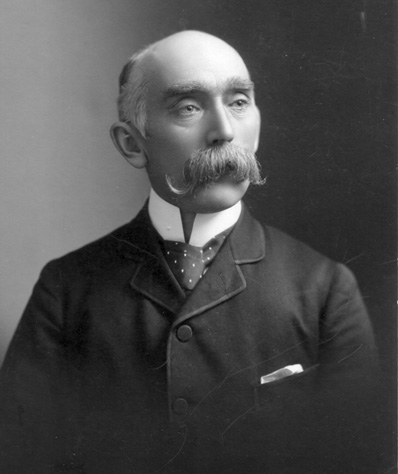
In November 1907, the Evening Citizen (now the Ottawa Citizen) carried Bryce’s report on the front page with the headline “Schools Aid White Plague.” Other newspapers across Canada also covered the story, prompting Samuel Hume Blake, a lawyer and pamphleteer, to write in 1908 that Ottawa, “in doing nothing to obviate the preventable causes of death, brings the department within unpleasant nearness to the charge of manslaughter.”
Bryce and Blake showed that the government knew how First Nations children were being treated but was doing nothing to address the inequality. Alas, Bryce’s revelations slipped from the front pages, the story died, and so did the children. Bryce, however, continued his campaign inside government to save the children and experienced harsh retaliation as a result. His research funding was cut, the government forbade him from presenting his research on the children in residential schools to other tuberculosis experts, and he was denied promotions. In 1921, he was finally pushed out of the public service.
Upon leaving the federal civil service, Bryce took another stab at awakening the slumbering Canadian public to the atrocious loss of life in the schools. In 1922, he walked into James Hope and Sons, a publishing company on Sparks Street in Ottawa, to submit his manuscript for The Story of a National Crime, detailing the Canadian government’s resistance to saving the lives of children in the residential schools. Bryce handed the printed report to all members of Parliament, members of the clergy and other people of influence, praying that they would push the government to save the children’s lives. They didn’t. Bryce died in a drowning accident in 1932.
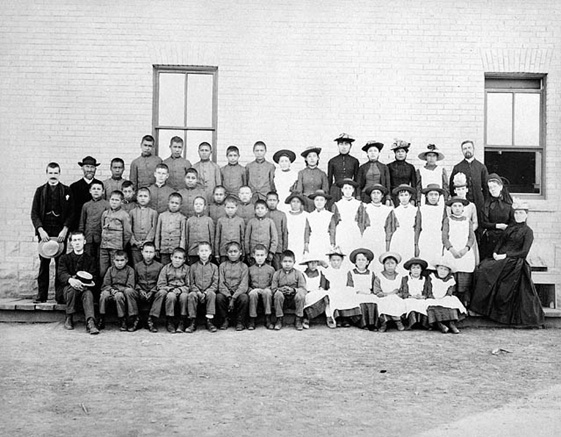
The situation for Duncan Campbell Scott was very different. He received numerous accolades as a career public servant and a poet. In 1948, Ottawa bestowed on him the title of “Person of National Significance.”
In the decades following Scott’s retirement, credible reports of the maltreatment and death of children in the schools flowed into Ottawa from people inside and outside the system. Ottawa persecuted or dismissed whistleblowers while doing little or nothing about the problem.
By 1953, evidence was mounting that residential schools had largely become child welfare institutions. A federal survey, cited by the historian John Milloy in his book A National Crime, showed that 4,313 of the 10,112 children attending residential schools in Canada were placed there due to neglect (the “not properly cared for” provision).
In 1967, Indian Affairs received a report it had commissioned from the social worker George Caldwell on children attending residential schools in Saskatchewan. He noted that 80 percent of the children in the schools were placed there for child welfare reasons, and he called on the federal government to invest more in family support services. Caldwell’s recommendations were ignored.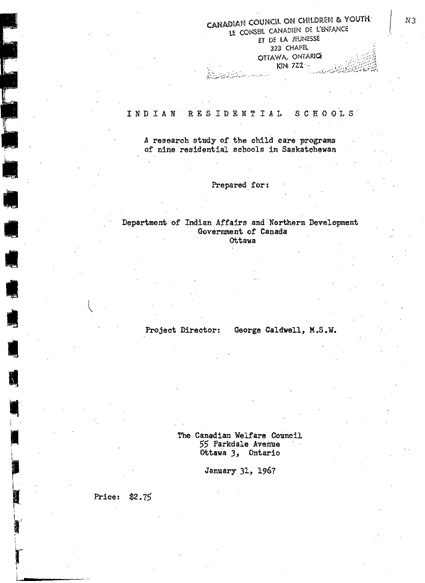
Decades pass, evidence piles up
Three decades later, in 1996, the Royal Commission on Aboriginal Peoples noted the dramatic overrepresentation of First Nations, Métis and Inuit children in child welfare and, like Caldwell, reiterated the call on Canada to provide better prevention and family support services to keep children safely at home. Again, there was little movement, and still the evidence piled up.
Indian Affairs data, compiled by a researcher for Kahnawake Shakotiia’ takehnhas Community Services, showed that the number of First Nations children going into child welfare care had risen a staggering 71.5 percent between 1995 and 2001 due to inadequate funding of child welfare prevention services to help families in crisis and keep children safely at home.
Two government-commissioned reports during the Jean Chrétien years also documented the shortfalls in Canada’s provision of child welfare services on reserves. The first report, completed in 2000 as part of a joint review with Indian Affairs and the Assembly of First Nations, found that First Nations children on reserves were receiving only 78 cents on the dollar for child welfare compared with non-Aboriginal children off reserves who received child welfare funding from the provinces. The shortfalls were, in the government’s own words, “creating circumstances that are dire,” contributing to First Nations child welfare agencies being unable to “meet their mandated responsibilities” and “growing numbers of children in care.”
Why are the deaths of Indigenous women and girls ungrievable?
What’s standing in the way of teaching about residential schools?
The 2000 joint review report included 17 recommended reforms. Canada never meaningfully implemented any of them. Instead the Canadian government commissioned a second study in 2005. This detailed two-part study found that First Nations children on reserve received approximately 70 cents on the dollar compared with non-Aboriginal children.
One of the most important reforms recommended in the 2005 report was Jordan’s Principle, named in memory of Jordan River Anderson from Norway House Cree Nation. Jordan was born in Winnipeg and remained in hospital for the first two years of his life due to medical needs. When Jordan was two years old, doctors felt he was ready to be discharged to a medically equipped home in Winnipeg. When his medical condition was fully stabilized, he could return to his family in Norway House. The federal and provincial governments could not agree on who should pay for his at-home care in Winnipeg because Jordan was a First Nations child whose family lived on reserve, and so his discharge was delayed. If he had been a non-Aboriginal child, he would have gone home when doctors said he was ready, and the province of Manitoba would have paid for the care. Jordan languished in the hospital for over two years while governments argued, and tragically Jordan died there, never spending a day in a family home because of his race.
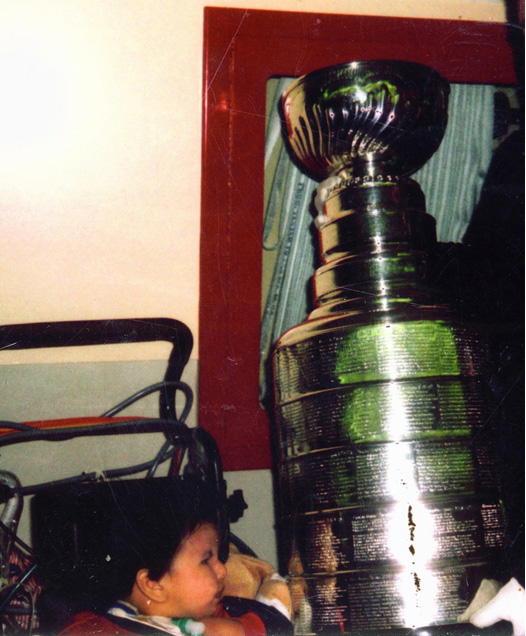
Jordan’s Principle was supposed to end this discriminatory treatment by ensuring First Nations children can access government services on the same terms as other children. Basically, the government organization of first contact pays for the service, and all the governments can settle payment and jurisdictional disputes later.
The House of Commons passed a unanimous motion supporting Jordan’s Principle in December of 2007 but it was never properly implemented. Instead, Health Canada and Indian Affairs took Jordan’s legacy and crafted a definition so narrow that no child ever qualified. The federal government’s own records documented cases where First Nations children were denied basic services, sometimes with life-threatening results.
Inadequate responses
Stephen Harper’s Conservative government largely ignored the recommendations of the reports and Jordan’s Principle, despite running a multibillion-dollar surplus in 2008. Instead, it made an announcement of a new approach to First Nations child welfare that the auditor general would later find to be inequitable as well, since funding formulas were outdated and were not linked to the actual number of children in care. When evidence of the stubborn inequity surfaced periodically in the media, the government blamed previous governments or announced how much it was spending on First Nations child welfare (without mentioning that non-Aboriginal children received much more). First Nations kids, it seemed, were just not worth the money to the Government of Canada — it had other priorities, like hosting the G-20 and the Olympics. A growing number of reports from provincial and territorial child advocates and scholars confirmed the tragic results: the rates of First Nations children going into child welfare care were growing, quickly overloading the system to the point where children were sometimes placed in hotels.
At the First Nations Child & Family Caring Society of Canada, we felt we needed to stand up for these kids, to try to give them what their grandparents had not received: a chance to grow up at home. Within 30 days of our filing the case with the Canadian Human Rights Tribunal in 2007, the federal government cut the core funding for the society as well as all funding for child and family services at the Assembly of First Nations. By the spring of 2009, we were receiving no federal government funding at all. We had to cut our staff positions by half and do our own janitorial work to save money.
When we filed the case, I thought it would be a wake-up call for Canada to finally do the right thing for children. I never anticipated that the government would fight against the equality of children so vigorously, using legal technicalities and questionable conduct. Canada brought at least eight separate motions to get the case dismissed on jurisdictional grounds and, starting in approximately 2007, placed me under surveillance. According to government documents, Canada deployed over 180 public servants from the Departments of Justice and Indian Affairs to monitor my professional movements at meetings. As government documents say, they wanted to “find other motives” for filing the child welfare case to get it dismissed on “frivolous or vexatious grounds.” They even took notes on a talk I did in the middle of the desert in Australia. The Privacy Commissioner found Canada’s collection of personal information about me to be unlawful.
On April 9, 2013, I received files through an Access to Information request, containing emails and presentations written by top-level Indian Affairs officials that confirmed the child welfare funding shortfall and its dire consequences for Aboriginal children. The records also included emails between the Department of Justice and Indian Affairs showing that they had these records as early as 2012. The tribunal found the federal government’s conduct to be “far from irreproachable” in this matter and noted, with concern, that Canada had the records and yet failed to disclose them as required under the Canadian Human Rights Act and related rules. The tribunal’s decision on costs related to the Government of Canada’s obstruction of justice in this matter is still under reserve.
Don’t forget the racist Canadians behind the racist systems
Shifting the relationship between provinces and First Nations to a diplomatic focus
The tribunal heard from 25 witnesses, including seven government officials, over 72 days of hearings held between February 2013 and October 2014. The historical significance of the hearings cannot be overstated. This is the first time I know of that a developed country was on trial for its contemporary treatment of Indigenous children before a body that could make enforceable orders. The evidence of the discrimination was overwhelming and shown most profoundly and poignantly by government documents. The federal government even pulled its own expert witness after its own report, conducted by KPMG, came within 1 percent of our calculations of the child welfare funding shortfall.
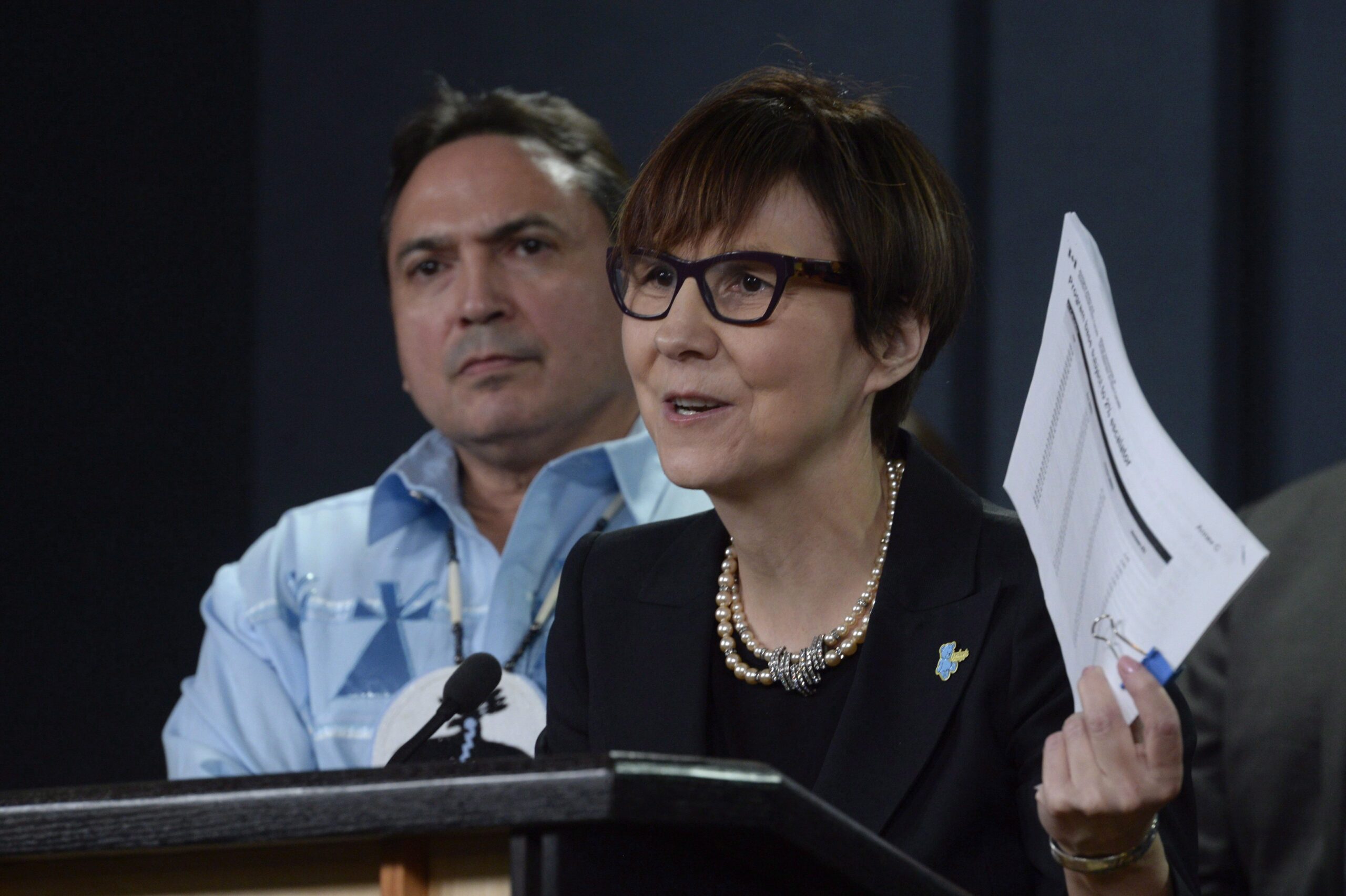
I testified two times in the case. I was the first and last witness, as I was called back to enter the documents I received under Access to Information. On most occasions I could hold my composure, but there were times when reading these documents literally made me sick. One of the government documents that took my breath away was an Excel spreadsheet. It tracked the number of nights that First Nations children had spent in foster care between 1989 and 2012. That is how children count things they are looking forward to or want to be over: “How many sleeps until I see my mom?” When we added all of the sleeps together, it came to over 66 million nights, or 187,000 years of childhood.
At the same time that then minister Bernard Valcourt’s office was declaring that there were no Jordan’s Principle cases, Indian Affairs officials were documenting cases where First Nations children were denied public services available to all other children. For example, one document showed how a low-income non-Aboriginal child requiring a wheelchair, a lift and a stroller would receive all three pieces of equipment when medical experts deemed it necessary, whereas a First Nations child with the same needs would receive only one piece of medical equipment every five years. It would take 15 years for a First Nations child to receive what non-Aboriginal children would receive as a matter of course.
The most tragic cases I saw involved two little girls, one of whom was terminally ill. The first child was a beautiful four-year-old who experienced life-threatening complications after routine surgery. Hospital staff stabilized her and she was ready to go home for Christmas, but she needed specialized equipment to ensure she did not go into respiratory distress. The request for the equipment passed through the hands of at least a dozen government officials before a Health Canada official wrote on the form, “Absolutely not.” A private citizen, with a heart bigger than the government’s, stepped in and helped her.
The other little girl was spending her last precious days of life with her family and also required medical equipment to ensure she did not go into respiratory distress. Indian Affairs did provide it, but it took 9 to 12 months. I can’t imagine how horrible it was for the parents of these girls to see a government deny children basic equipment to breathe while boasting that Canada was one of the richest countries in the world.
A landmark decision
When the tribunal released its landmark decision in January 2016, it ordered the federal government to immediately stop the discrimination. The tribunal maintained jurisdiction over the case so it could monitor the federal government’s implementation of the order. The Ministers of Indigenous and Northern Affairs and of Justice welcomed the decision when it was released. The story on the tribunal’s decision was covered quite well in the national media for a couple of days, but for reasons I don’t understand, it was quickly dropped in favour of stories on frivolous matters like heckling in Parliament, even though the government had not ruled out an appeal.
Weeks before the decision was released, the First Nations Child & Family Caring Society of Canada mined the recommendations of the previous government reports and presented them to the new federal government. Our calculations suggested that at least $216 million in new investments were needed immediately, with further investments downstream. The funds could be used for child welfare prevention services aimed at keeping children at home, or at returning kids in care to their families. This would include child and family counselling, family-based addictions treatment and cultural identity programs. The government’s own internal documents suggested the shortfall was over $108 million as of 2012, and evidence before the tribunal showed this fell far short of what was needed.
Although we are still waiting for a formal and detailed response to our proposals, the government acted unilaterally when it announced $684 million for First Nations child welfare over five years in Budget 2016. To the average Canadian it sounds like a lot of money, but closer examination finds that 54 percent of the funding is pegged for the year of the next federal election (2019) and the year after, with only $71 million earmarked for this year. Of the $71 million, just over $60 million ($48 million less than the government’s estimated shortfall in 2012) will go to services for children. The remaining amount goes to Indigenous and Northern Affairs to hire new staff, to operate a computer program it prioritized for action without consultation with First Nations and to cover the growing costs of children going into care due to its discriminatory provision of child welfare services.
In April 2016, the tribunal issued a compliance order against the federal government, expressing concern about the slow pace of change. In particular, the tribunal ordered Canada to provide detailed calculations and data showing that its allocation of the $71 million in Budget 2016 was sufficient to satisfy the order. It also required Canada to implement Jordan’s Principle to “all children” and “all jurisdictional disputes” and confirm with the tribunal that it had met the order by May 10, 2016.
The federal government submitted its Jordan’s Principle report to the tribunal, but there was significant daylight between what Canada was ordered to do and what it reported doing. For example, the tribunal ordered Canada to apply Jordan’s Principle to all children, but the government would only confirm it was no longer limiting Jordan’s Principle to children with complex medical needs and multiple disabilities. In later attempts to clarify its position before the tribunal, Canada offered conflicting statements, saying Jordan’s Principle applied to children with disabilities and short-term illnesses and then in the same legal submission saying it applied to all children. In practice, Canada continues to apply Jordan’s Principle only to children with disabilities and short-term illnesses, and it has provided no answer as to what children experiencing discrimination with no other access to public services should do.
Unsatisfied with the government’s progress, the tribunal issued a second compliance order against the federal government in September 2016 regarding Jordan’s Principle and the degree to which Canada’s child welfare allocations in Budget 2016 comply with the order. It found Canada provided insufficient evidence to support its claim that Budget 2016 redressed the discrimination, and it stated that Canada had narrowed Jordan’s Principle (to children with short-term illnesses and disabilities) in ways that were hard to reconcile with the orders. It ordered Canada to take specific actions to alleviate the discrimination and provide further information to the tribunal on how Budget 2016 and the federal government’s new approach to Jordan’s Principle actually relieved the discrimination for children. On September 30, 2016, the federal government admitted it had developed Budget 2016 in the fall of 2015 — before the tribunal ruled in January. It was almost impossible, therefore, that it had considered and adequately responded to the tribunal rulings.
Despite the federal government’s repeated commitment to a “nation to nation” relationship and its ongoing discussions with the Assembly of First Nations and the Caring Society regarding implementation of the tribunal order, Canada took unilateral action by announcing “up to” $382 million for Jordan’s Principle on July 5, 2016. While this sounds like good news, details in the news release were scant and the government has been unwilling to respond to basic questions from the Caring Society, including these: 1) How much of the announced funding will go to children? 2) When will the funding be available and over what time period? 3) Which children will be eligible and how will claims about inadequate child welfare services be screened? 4) How does this announcement comply with the tribunal’s orders?
The news release also said that the deputy ministers of Health and Indigenous and Northern Affairs would oversee the new Jordan’s Principle process. This is a “fox in the henhouse” approach to monitoring, considering that both departments were responsible for turning Jordan’s Principle from an equality-seeking measure consistent with the Charter of Rights and Freedoms into something that was racially discriminatory.
I am a taxpayer and, just like many of you, I get frustrated when governments waste money. “Saving” money by racially discriminating against children is illegal, immoral and economically foolish. Repeated studies confirm that the best investment any government can make is in children. The World Health Organization recently found that for every dollar spent on early childhood programs, the taxpayer saves US$20. The reverse is also true: for every dollar Canada “saved” by denying children a chance to grow up in a home or breathe, the financial burden for taxpayers grew exponentially.
The world learned about the tribunal’s decision on January 26, 2016, but I had received a copy a couple of days earlier. This long-fought decision came by PDF, with the provision that we could not share it with anyone. I was at a graduation luncheon when it arrived unceremoniously on my iPhone. There was joyous noise all around me, but the world went silent as I opened it — feeling both hopeful and scared because the fate of 163,000 children hung in the balance. I read the first sentence: “This decision concerns children.” It was a complete victory for the children, and I immediately knew I had a promise to keep.
The next day, I stood on a hillside at Beechwood Cemetery and could see the top of Bryce’s headstone. As I walked through the deep snow to his gravesite, I looked back and saw a lone set of footsteps in the snow, but for me they symbolized all the people through the ages who had stood up for the children and tried to do the right thing. Just before I reached Bryce’s grave, I passed a historical plaque erected in a special ceremony attended by his family just months before. Alone in that cemetery I read the decision to Bryce and hugged his headstone, saying, “Justice, Dr. Bryce — finally justice.”

Duncan Campbell Scott is also buried in Beechwood, and I went to see him that day too. I prayed that his spirit would guide this generation of Canadians, and this generation of politicians and bureaucrats, to do much better for First Nations children. The days of normalizing and defending this discrimination have to end. There is a new historical plaque by Scott’s grave. It has the words “Confederation Poet” and “Cultural Genocide” in the same paragraph. As the Elders say, you will be remembered not by your obituary — but only by your actions. It is a call to us all.
Reconciliation is about not saying sorry twice. That is why the Truth and Reconciliation Commission’s top call to action is child welfare equity and reform, and implementation of Jordan’s Principle. The evidence of the discrimination is profound, and so is the evidence of the harms to children. It is wrong, indeed immoral, for governments to suggest there is any excuse for continuing it, so the most important question is “What are we going to do about it?”
This is where I hope Bryce’s story and ours diverge. Bryce’s warnings were met by an indifferent public, and children died as a result. One hundred and sixty-three thousand First Nations children are depending on you to make sure their unequal treatment stops. The future of the country depends on a citizenry that stands up against injustices when governments stray from fundamental values such as equity, justice, freedom and respecting diversity. As Bryce showed us, it is about standing up for the right thing when others like Scott are sitting down.
Go to www.fncaringsociety.com to find seven free ways you can help.
Top photo: F. Clarke, Aboriginal children on the way to Hay River Indian Residential School, 1931, Library and Archives Canada/PA-179488
Key moments in the fight for equal care of First Nations children
This article is part of the Public Policy and Young Canadians special feature.
Do you have something to say about the article you just read? Be part of the Policy Options discussion, and send in your own submission. Here is a link on how to do it. | Souhaitez-vous réagir à cet article ? Joignez-vous aux débats d’Options politiques et soumettez-nous votre texte en suivant ces directives.
